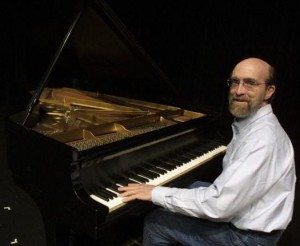
Whatever you do, don’t call George Winston a New Age artist. The self-proclaimed “rural folk” pianist received initial inspiration from organists like Booker T. Jones and Ray Manzarek of The Doors before throwing it all away to become an acoustic piano player driven by the sounds of stride piano and ragtime in 1972. Along the way, Winston picked up a few other influences.
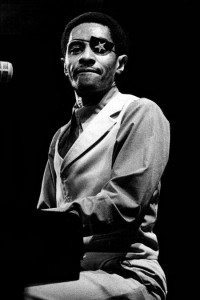
1. James Carroll Booker III (December 17, 1939-November 8, 1983)
“I learned more about how I want to play the piano from his Junco Partner record than any other record. I use techniques from every one of those songs. When I play, ‘When the Saints Go Marching In,’ I basically play his ‘Junco Partner’ solo in the middle. When I play Vince Guaraldi’s ‘Masked Marvel,’ I play James Booker’s ‘Junco Partner’ solo in a minor key. This is where it goes. Just principles and things. It’s just the feel that he has that has you moving forward. You can very often do a James Booker left hand, which is playing a bass line with a little finger and rhythm with the thumb and index finger. I feel a lot of his influence is from his organ playing. In fact, if I play anything like an organ, jazz number or a standard, it comes through James Booker.”
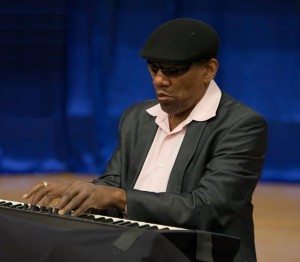
2. Henry Butler (September 21, 1949- )
“[I love Henry Butler’s ebullience] and complete soulful expressiveness. He just takes the whole R&B thing to another level.”
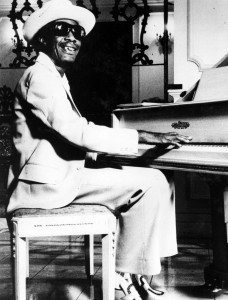
3. Henry Roeland “Roy” Byrd aka Professor Longhair (December 19, 1918-January 30, 1980)
“My late friend Allen Toussaint called Professor Longhair the ‘Bach of Rock.’ I started with Fats Waller and playing the stride piano, which was very hard and is really hard. I came up with the folk piano, melodic style, in 1971, around the same time. I couldn’t play like Fats Waller, so I eventually lost interest in 1977 and I stopped playing not realizing that the only people I knew who got that Fats Waller thing were Earl Hines, Teddy Wilson and Art Tatum, so why should I feel bad? But I didn’t know that at the time really. So I heard Professor Longhair’s recordings two years later, so I knew I had to start playing again. That I thought I could do. I just didn’t know it was going to take 35 years. It took until 2014 to come to terms with his music like all New Orleans pianists do and learned so much quicker than I do. It’s 2014 and I knew what my relationship would be [with Professor Longhair]. [What’s great about] Professor Longhair is that he’s rhythmic and has a bit more of a Latin feel/boogie-woogie feel. James Booker once introduced [Fess] as ‘the best thing that ever happened to New Orleans piano.’ Boy, is that ever a statement.”
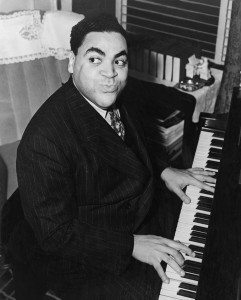
4. Thomas Wright “Fats” Waller (May 21, 1904-December 15, 1943)
“[What I love about Fats Waller] is the exuberance, the sound of the piano and the chimey sounds. It’s just a feel.”
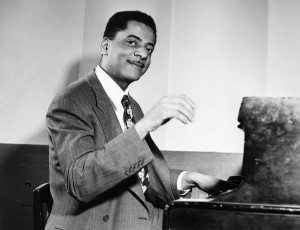
5. Theodore Shaw “Teddy” Wilson (November 24, 1912-July 31, 1986)
“He played with power but finesse plus playing a bass line using moving temps. He got it from Fats Waller and Art Tatum, but he expanded it more and did a different thing with it. When he played with Benny Goodman, Gene Krupa and Lionel Hampton, [Wilson’s] little finger in the temp was the bass player. So he did moving bass lines and it just drove me insane. I thought I had to do it.”


















